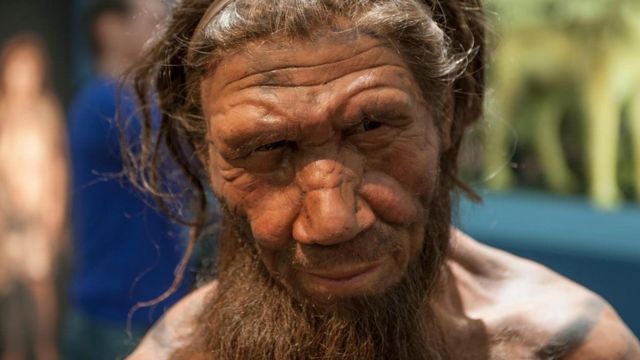Study shows Neanderthals hunted straight-tusket elephants 125,000 years ago
Elephants with straight tusks, now extinct, were huge animals, twice as large as current African elephants, but 125,000 years ago, despite their impressive size, Nean-derthals hunted this species, reveals a study released this Wednesday.
This new research sheds new light on understanding these prehistoric men, who hunted these 13-ton, four-metre-tall elephants.
“Neanderthals were capable of managing enormous amounts of food”, not just that resulting from hunting horses, cattle or deer, Wil Roebroeks, co-author of this study published in Science Advances, told the France-Presse agency.
“Either [they were able] to keep it for a long time – and that is something we didn’t know – or simply because they lived in much larger groups than previously thought”, with more mouths to feed, he added.
Cutting up prey weighing an average of ten tons before the flesh rots would require several days of work for about twenty men, investigators estimated.
This amount would provide enough for 25 people to eat for three months, or one month for 100 people.
To preserve the meat, perhaps they dried it over open fires.
There is no certain answer to the question of how Neanderthals managed to kill these colossal animals, but one of the hypotheses is that they immobilized the animal in muddy areas where they were trapped, or in dug traps, before slaughtering them with spears.
For a long time, researchers wondered about the presence, in various archaeological sites, of elephant bones next to stone tools: Were Neanderthals really capable of hunting them or did they just feed on animals killed by natural causes?
Evidence of hunting the animals, such as an impact mark or a spear driven into a bone, has never been observed, which is not surprising given the size of these elephants (Palaeoloxodon antiquus), whose genetic studies have been linked to modern-day African elephants.
But at the site known as Neumark-Nord 1, near present-day Halle, Germany, a clue alerted scientists: the remains of about 70 elephants, the largest known group, were mostly adult males.
This lack of diversity is due to selection by hunters, according to the study.


